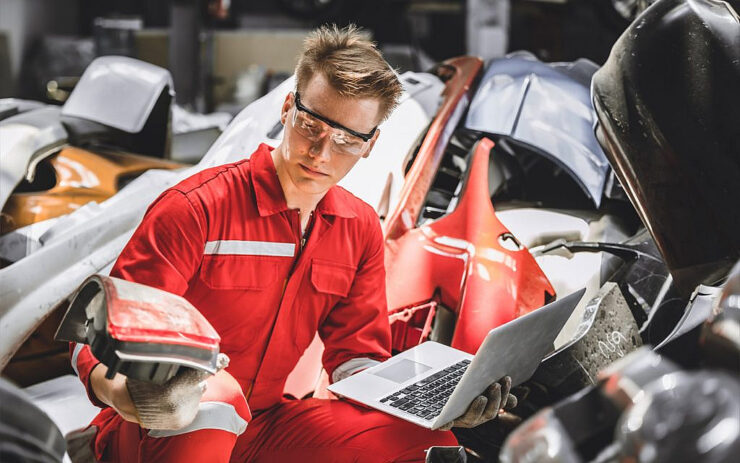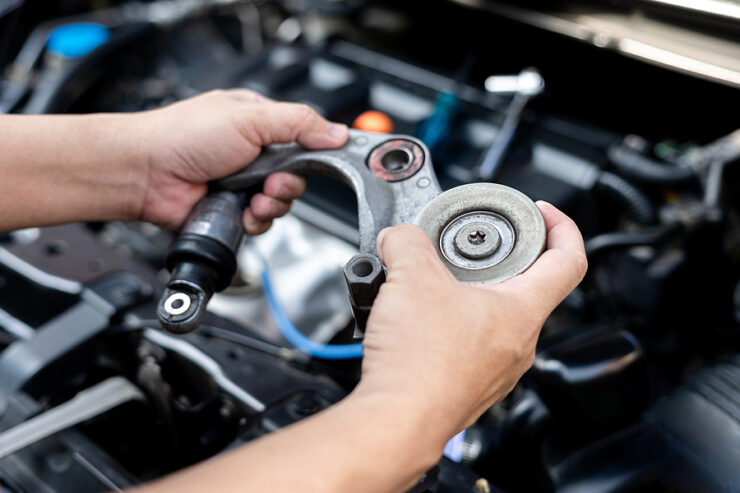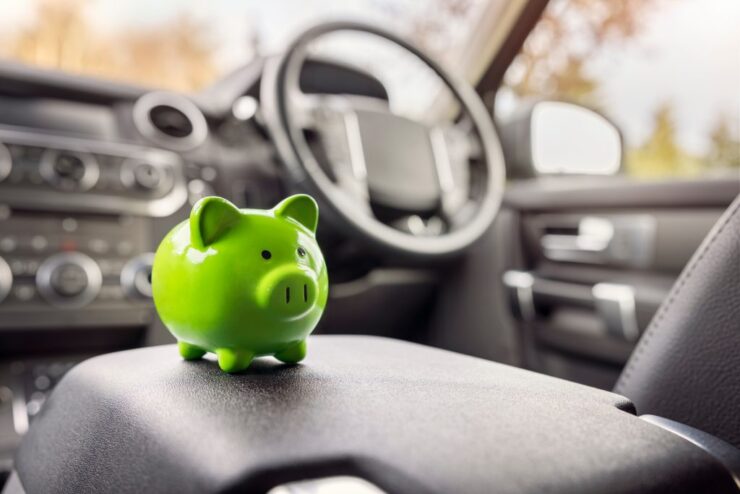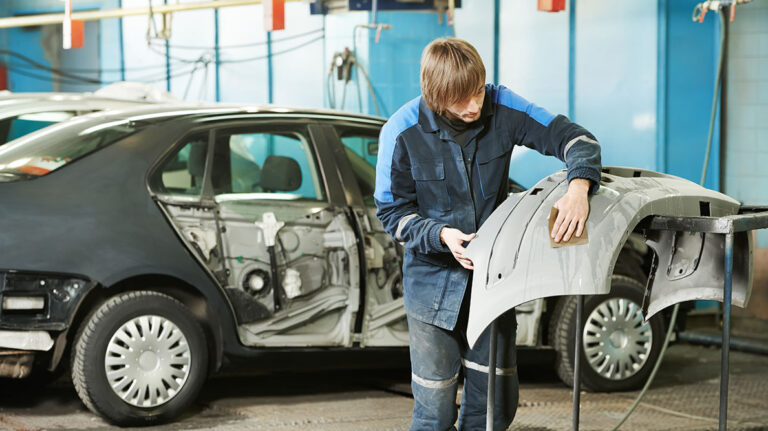Car repairs can drain your wallet faster than you’d like. But here’s the thing—there’s a smarter way to fix your ride without spending a fortune. The secret? Used car parts. They’re affordable, reliable, and, most importantly, can keep your car running smoothly without breaking the bank.
Key Points
- Save money by opting for pre-owned auto parts.
- Used parts are eco-friendly and widely available.
- Quality and safety shouldn’t be compromised.
- Choose reputable suppliers for peace of mind.
- Learn what parts are worth buying secondhand.
Why Choose Used Car Parts?
Let’s face it, brand-new auto parts can feel overpriced. Used car parts, on the other hand, cost a fraction of the price and still do the job. You’ll often find parts like bumpers, mirrors, and tires that work as well as their newer counterparts. Plus, buying pre-owned is good for the environment. Recycling parts reduces waste, giving old components a new life instead of letting them collect dust in a junkyard. If you’re still wondering where to start, check out Rectangle Auto Supply for more options. Their selection covers everything you’d need, and you can read more about their offerings.
Top Benefits of Used Car Parts

1. Huge Cost Savings
Pre-owned auto parts can cost 50–75% less than new ones. That’s a game-changer for anyone on a budget. Why pay top dollar for a shiny exhaust system when a perfectly functional one is available at a fraction of the price?
2. Variety and Availability
Used parts are widely available. Junkyards, online marketplaces, and specialized suppliers like Rectangle Auto Supply ensure you can find almost anything, whether you need tires, mirrors, or even engines.
3. Environmental Impact
Reusing parts reduces the demand for new manufacturing, saving resources and energy. It’s an easy way to contribute to a cleaner planet without lifting a finger.
How to Pick the Right Used Car Parts

Not every pre-owned part is worth buying. Here’s how to make smart choices:
- Focus on Durability: Opt for non-wearable components like bumpers, doors, or mirrors.
- Inspect for Damage: Avoid parts with visible cracks or excessive wear.
- Check Compatibility: Ensure the part matches your car model. Compatibility issues can lead to more expenses down the line.
- Ask for Warranty: Reputable sellers often provide limited warranties, offering you peace of mind.
Why Buying Used Can Be Smart Move
Tires are a crucial safety feature, but new sets can cost a small fortune. Pre-owned options can be just as effective if you know what to look for:
- Tread Depth: Make sure the tread isn’t too shallow. A depth of at least 4/32 inches is ideal.
- No Visible Damage: Look out for punctures or uneven wear.
- Brand Recognition: High-quality brands tend to last longer, even when used.
Common Myths About Used Car Parts
Myth 1: Used Parts Are Unsafe
Fact: Many pre-owned parts, especially non-wearable ones, are just as reliable as new ones. Inspection is key.
Myth 2: They Don’t Last Long
Fact: Some components, like mirrors or bumpers, can outlast the life of the car itself.
Myth 3: It’s Hard to Find What You Need
Fact: Suppliers like Rectangle Auto Supply make finding used tires and other parts easier than ever.
Are Used Car Parts Really Worth It?
Absolutely. Many parts, like mirrors, bumpers, and wheels, don’t lose functionality over time. They can perform just as well as new ones when sourced from a reliable supplier. The key is knowing what to prioritize and inspecting parts carefully before purchasing. For instance, structural components that don’t wear down often provide the same durability as brand-new options.
However, it’s essential to avoid parts that show significant wear, especially ones linked to safety, like brakes or airbags. Investing in a professional inspection or consulting a trusted mechanic can make all the difference. Used parts are a practical choice for anyone looking to repair their car without the hefty price tag of brand-new replacements.
Tips for First-Time Buyers
- Research Beforehand: Know the exact part you need.
- Ask Questions: Don’t hesitate to ask sellers about the part’s history.
- Get a Professional Opinion: Mechanics can verify the quality of a used component.
- Avoid Electronics: Electrical parts like sensors or modules can be hit-or-miss when used.
Final Thoughts

Used car parts can save you money and reduce waste. By shopping smart, you’ll keep your car in great shape without overspending. Stick to trusted suppliers, inspect parts carefully, and avoid anything that doesn’t seem reliable. Repairs don’t have to cost a fortune when you know where to look.

